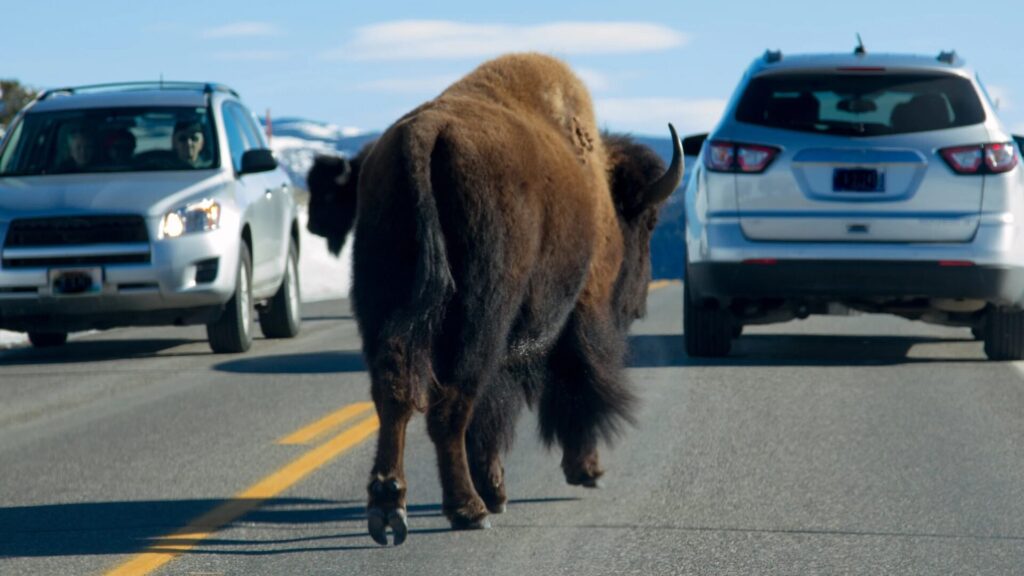
Yellowstone National Park, renowned for its breathtaking landscapes and diverse wildlife, is a haven for nature enthusiasts. However, as one tourist discovered earlier this year, getting too close to territorial bison can be a costly mistake.
The incident, captured during the animals’ mating season, known as the rut (lasting from June to September), underscores the importance of respecting wildlife boundaries. During this period, male bison become notably aggressive as they vie for dominance and mating rights.
The alarming encounter, shared on the Instagram account TouronsOfYellowstone, serves as a cautionary tale about the dangers of approaching wildlife without proper precautions. While the page often showcases examples of misconduct in US National Parks, it also features close encounters where wildlife reacts negatively to human presence.

The National Park Service (NPS) emphasizes the safest way to appreciate wildlife in Yellowstone is from the confines of a car. Visitors are advised to use designated pullouts for observing animals, avoiding road congestion (‘bison jams’) and soft shoulders. Leaving the car for photographs is strongly discouraged.
Bison hold the unfortunate record of causing more injuries at Yellowstone than any other animal, surpassing snakes and bears. Due to their surprising speed, it is crucial to maintain a safe distance on trails and at campsites. The NPS recommends staying at least 25 yards (23 meters) away from these powerful creatures at all times.
Recognizing individual animals’ cues is also crucial for personal safety. Signs such as head-bobbing, pawing at the ground, and snorting indicate that a bison feels threatened and may charge. However, it’s essential to differentiate between aggressive behavior and natural responses, as showcased by the video where the bison appears to be exhibiting a flehmen response – curling its upper lip and extending its tongue. Contrary to aggression, this behavior suggests the male is attempting to pick up the scent of a female in the vicinity.
This cautionary tale serves as a reminder that Yellowstone’s wonders should be observed with respect and from a safe distance. Ignoring these guidelines not only endangers human visitors but also disrupts the natural behaviors of the park’s wildlife, emphasizing the need for responsible tourism in these pristine environments.

Leave a Reply